
These days, when visiting Do Luong district, it is easy to feel the clear change from the spacious and modern traffic infrastructure system. The flat and clean asphalt roads not only facilitate people's travel but also open up many opportunities for local socio -economic development.
Notably, the N5 cross-road (National Highway 7C) is over 63 km long, playing the role of a strategic connecting axis between the western districts of Nghe An with the Southeast Economic Zone and Cua Lo international port cluster. In addition, the 27.5 km long National Highway 7A section of Dien Chau - Yen Thanh - Do Luong is being upgraded with a total investment of over VND 1,300 billion. Along with that, Do Cung bridge - a new traffic connection project between Do Luong and Thanh Chuong - has been completed, contributing to the completion of the infrastructure network in the central region of the province.
.jpeg)
Hung Nguyen district has also recorded many advances in traffic development. The whole district currently has 19 roads with a total length of 116.9 km, ensuring that 100% of the district roads managed by the locality are convenient for automobiles to travel, and at the same time effectively connecting to the administrative centers of the communes.
However, the rate of roads meeting the planning standards is still at 71%, requiring the locality to continue to invest more strongly. The district is currently implementing a plan to build and upgrade 10 roads with a total investment of 120 billion VND, making the most of resources from target programs, support projects and contributions from the people to complete the traffic criteria in the construction of advanced new rural areas.
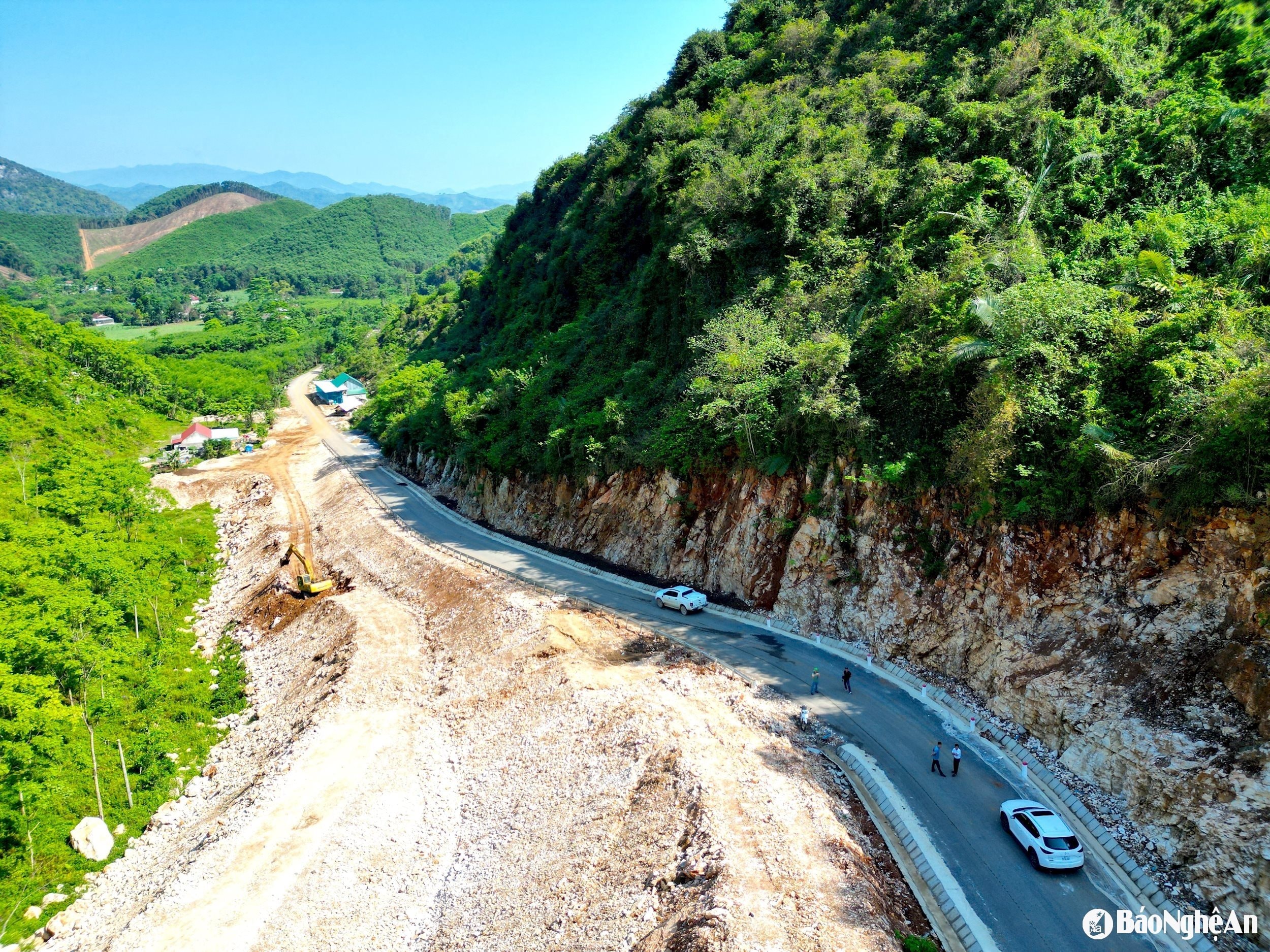
Nam Dan District, which is recognized as meeting advanced new rural standards in 2024, has completed 93.4 km of rural roads and 11.4 km of intra-field roads. These routes effectively connect agricultural production areas, facilitate the transportation of agricultural products, access to markets, and support the synchronous mechanization process.
The mountainous district of Con Cuong also made its mark with 47.19 km of concrete roads completed. This achievement not only helps people travel conveniently during the rainy season but also contributes to narrowing the development gap between regions. In addition, many other districts also develop quite good transport infrastructure such as Thanh Chuong, Nghia Dan, Anh Son, etc.
.jpg)
In order to create a solid foundation for rural transport development, Nghe An province has recently issued many important mechanisms and policies. These policies are closely linked to the National Target Program on New Rural Development, gradually perfecting local transport infrastructure in a modern, sustainable direction, connecting smoothly between national highways - provincial roads - inter-commune - inter-village roads and remote villages.
With the motto "The State and the People work together" continuing to be effective, it has become a driving force for many localities to mobilize maximum resources from the people. People not only contribute capital and donate land but also participate in thousands of working days to renovate, expand, upgrade roads, build bridges, build embankments... Each rural area flexibly implements according to actual conditions, ensuring savings, efficiency and conformity with the overall planning of the province.
.jpeg)
From 2021 to 2025, the total resources mobilized for this field will reach VND 15,764.4 billion, a figure showing the province's high priority in developing rural transport.
Not only stopping at roads, auxiliary infrastructure has also been invested synchronously. Specifically, 398 km of new intra-field canals have been built, bringing the total length of the whole province to 3,747 km. The rural electricity system has been expanded by 1,349 km, with a total length of 6,505 km, with a total investment of more than 4,316 billion VND. These projects play an important role in developing modern agriculture, ensuring energy security, and improving people's lives.
.jpeg)
Besides the clear achievements, there are still major challenges that need attention, especially in mountainous districts such as Tuong Duong, Ky Son, Que Phong. Landslides on positive and negative slopes on national highways such as 16, 48, 543D, 543B occur frequently after floods, causing local traffic disruptions, seriously affecting people's lives and production.
Many commune roads in remote villages such as Muong Tip, Nhon Mai, Nam Giai are severely degraded, with peeling road surfaces and overflowing mud, making travel extremely difficult and potentially unsafe. Although local authorities have proactively placed warning signs and organized temporary repairs, limited resources have made it impossible to thoroughly handle the situation, requiring significant support from the Central Government and long-term programs.
.jpeg)
In the coming time, Nghe An province has determined that investment in rural transport infrastructure development will continue to be a key and continuous task. The goal is not only to complete the current infrastructure but also to aim for sustainable and smooth rural transport, ensuring inter-regional connectivity in all weather and terrain conditions.
.jpg)
From expanded roads to bridges across rivers and seas, transport infrastructure in Nghe An is gradually asserting its key role in the process of building advanced, exemplary new rural areas. Transport is no longer simply a means of transportation, but has become a driving force for economic development, connecting production areas, promoting trade, and improving the quality of life of the people.
Source: https://baonghean.vn/nghe-an-dau-tu-xay-dung-nang-cap-duoc-2-659-km-duong-giao-thong-nong-thon-10300233.html


![[Photo] Prime Minister Pham Minh Chinh chairs the national online conference on combating smuggling, production and trade of counterfeit goods.](https://vphoto.vietnam.vn/thumb/1200x675/vietnam/resource/IMAGE/2025/6/23/4a682a11bb5c47d5ba84d8c5037df029)



![[Photo] Prime Minister Pham Minh Chinh holds meeting to launch exhibition of national achievements to celebrate 80th National Day](https://vphoto.vietnam.vn/thumb/1200x675/vietnam/resource/IMAGE/2025/6/23/0c0c37481bc64a9ab31b887dcff81e40)

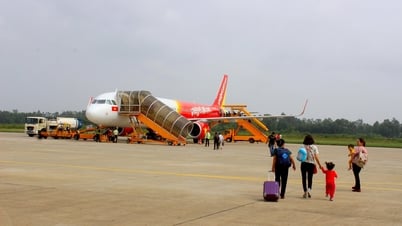

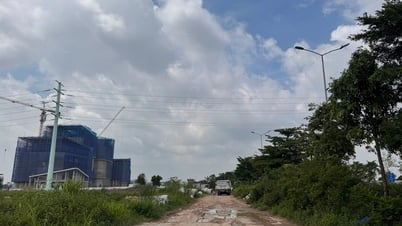



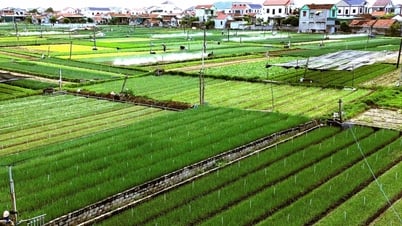


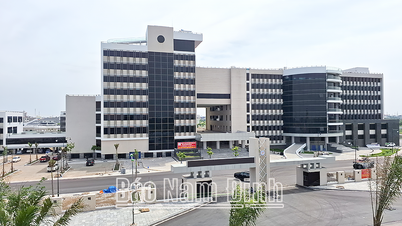







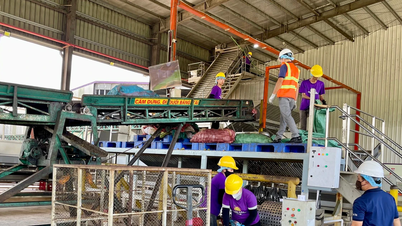











![[Photo] Party Congress of the Central Internal Affairs Commission for the 2025-2030 term](https://vphoto.vietnam.vn/thumb/1200x675/vietnam/resource/IMAGE/2025/6/23/5bf03821e6dd461d9ba2fd0c9a08037b)





















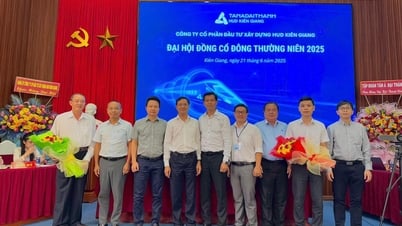




















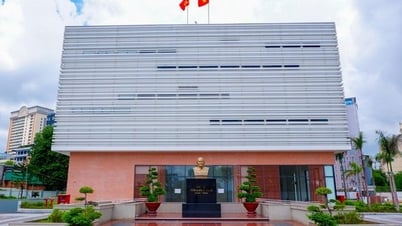














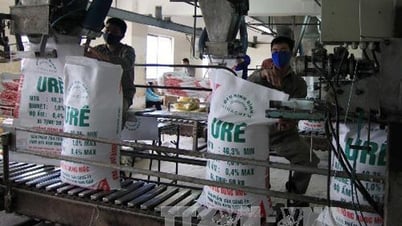












Comment (0)